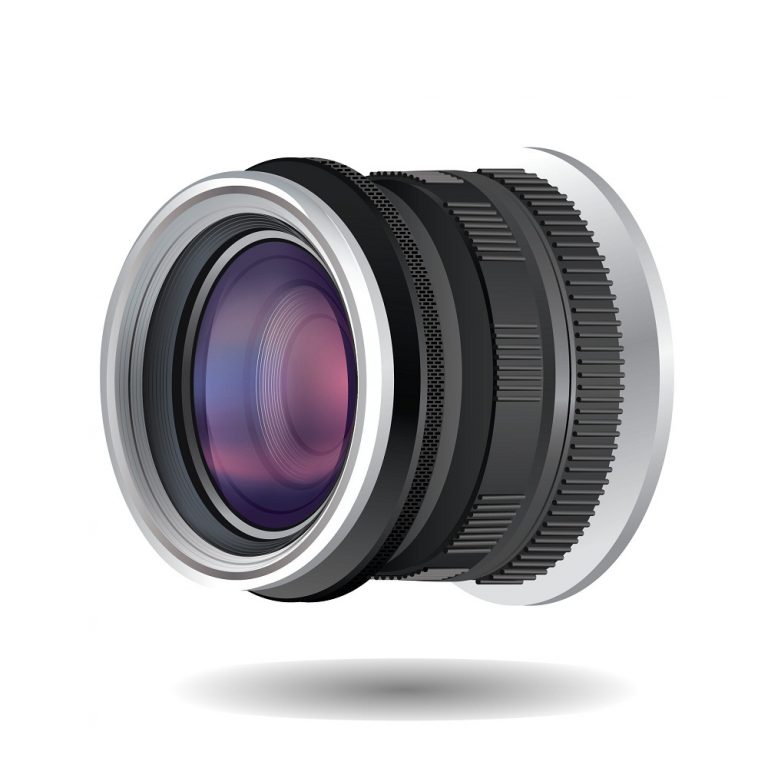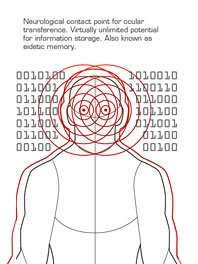
You should have a visual imprint of the image in front of you, or be able to see it in your mind's eye. Then, flip the light on for a split second, look at the paragraph, and flip the light off again. Turn the light off and let your eyes adjust to the dark. Place the paper over what you are trying to memorize to display just one paragraph. This distance may vary from person to person based on eyesight and eyewear.

Adjust the book or document so that you can see it easily and the words jump into focus when you glance at it without difficulty. You should be able to turn the light on and off easily without getting up or moving around too much. Sit comfortably in the small windowless room you have chosen. This way you should be able to place the paper on the book or document and only be able to see one paragraph at a time. Get a piece of paper and cut a hole in it about the size of a paragraph on a page of whatever book or document you are trying to memorize. A windowless bathroom or closet with a ceiling light is a good option. You will also need a bright lamp or light that can be turned on or off.
Didactic vs eidetic memory free#
To use this method, you will need a room that is completely dark and free from distractions. If you miss even one day of practice, it can set you back at least a week in trying to make the progress you are looking for. This process will take about a month to complete, and you must do it every day for it to work. While there is no real evidence as to whether or not it is true, some people have had some success in improving memory with this method.īefore starting the military method, you must commit yourself completely to the exercise. It is said that the military uses this method to train operatives to have a photographic memory. There is a method of going around for getting a photographic memory called the military method.
Didactic vs eidetic memory plus#
Northeastern? Horrifying evidence photos revealed extent of Lacey Fletcher's ordeal Joe Jonas and Sophie Turner Hit the Red Carpet in N.Y.C., Plus Gabrielle Union, Tom Holland and More See Also The Hottest College in Boston Is. You remember from your short-term memory that you saw them on the counter, but you wouldn't be able to picture them there as clearly as though you were looking at them. For example, you see your keys on the counter in passing, and later think that you need to find your keys. Typically when information is relayed from eidetic memory to short-term memory, it is relayed as information rather than an actual picture that you can see in your mind's eye. Once in short-term memory, it may be recalled for days, weeks, or months when it will be discarded or relayed to long-term memory. When you visually see something, it goes into your eidetic memory for seconds before being either discarded or relayed to short-term memory. How Eidetic Memory In People WorksĮidetic memory is a temporary form of short-term memory. However, the group of cognitively impaired subjects was able to remember the images long after the event. The group with high intelligence and the group with average intelligence did not show any ability to retain images for more than a few seconds. The researchers tested three groups of people of varying intelligence. However, another study done about eidetic memory had opposite results. Their studies led to the conclusion that the ability of photographic memory is directly related to intelligence.

One group of researchers studied the memoirs and histories of several people, including Darwin, who claimed to have photographic memories. There has also been much debate about what might make photographic memory possible. In the end, the only person who can say definitively whether or not they can see the image in their mind's eye is the person in question. However, researchers are still studying the matter, as there are people who claim to have this ability. In truth, there is no evidence that photographic memory is possible.

They believe that people do not see the image in their mind's eyes long after the event. They argue that people who remember things clearly for a long period are using the more normal memory enhancements of association or chunking. Many researchers believe that such a thing is not possible. There has been quite a bit of debate in research and psychology circles about the existence of photographic memory. With a photographic memory, the eidetic memory is transferred to the short-term memory banks for storage, allowing it to be recalled much later. Most photographic memories only last a few months at most, as they are not relayed to long-term memory. Even people with a photographic memory may not retain these memories for a long period. Few people have a truly photographic memory.


 0 kommentar(er)
0 kommentar(er)
